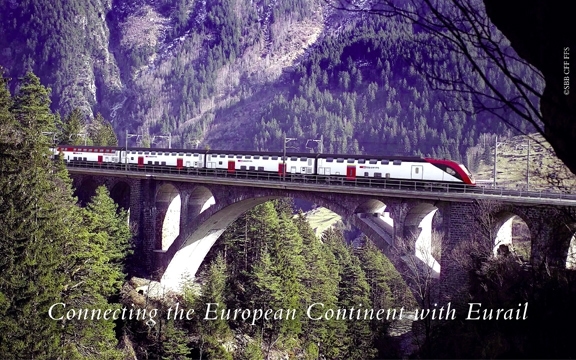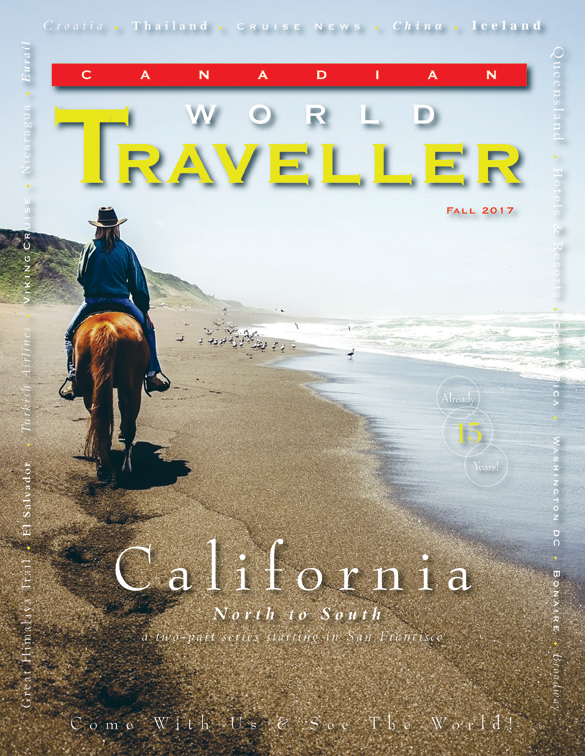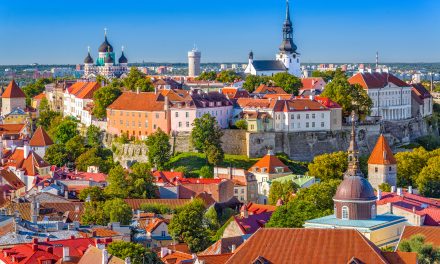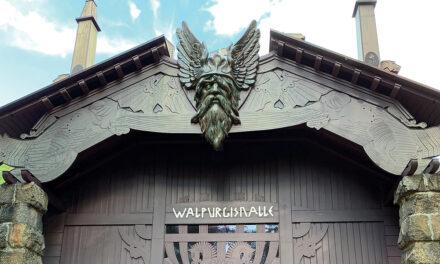Europe
Connecting the European Continent with Eurail
by Olivia Balsinger

About two months ago I received a meticulously wrapped package in the mail. And, as soon as I saw what it was–my two month Eurail Global Pass– I knew an adventure was in store.
As transatlantic airfares hit new lows due to increased competition and an exchange rate that benefits American and Canadian travelers, there has never been a better time for your next European adventure. At a time when so much of the world is digitized, the charm and quaint villages of European villages, the cobblestone roads of medieval cities and the history that permeates throughout is such a welcomed, idyllic change. And there is no smoother, more comprehensive way to traverse the continent than by train: burdens are fewer and farther between, time becomes less of a constraint and an adventurous spirit can finally be expressed.
Since its founding in 1959, Eurail has virtually perfected the train travel experience throughout the European continent—and those who embark on train journeys grows every year. In fact, Eurail’s first quarter results showed an increase of over 30 percent in 2016 passenger numbers in North America, supported by an attractive early bird offer. Now synonymous with borderless travel, Eurail allows pass holders access to 28 participating countries, with its most recent additions being Eastern European nations such as Montenegro and Serbia. Now that it’s more accessible to the everyday traveler, Eastern Europe is no longer a blur on the map. Eurail recommends these countries as a more budget-friendly option.
“We look to encourage our customers to discover all that Europe has to offer,” says Silva Görlach, Eurail’s sales and marketing manager. “While grand capital cities are perpetually popular, one of the benefits of having free extra days is that is allows visitors time to add smaller, off-the-beaten-track towns to itineraries and live like a local, experiencing Europe beyond the usual hotspots.”
My Journey
Perhaps the most impressive aspect on my rail journey through Europe was the sheer mass of land I covered.
I began my journey in Eastern Europe–Poland to be exact–where Eurail is a relatively new establishment. Eurail passes are valid on all trains operated by Poland’s national railway company, PKP/PKP Intercity JSC.
Eastern Europe’s rail system provides travelers with access to the country’s historically rich cities while simultaneously providing glimpses of scenic countryside en route. At first glance these Eastern Europe trains seemed to me more outdated and less organized than their Western counterparts; it didn’t take long however for me to realize how wrong my preconceived notions were. I found transitions to not only be as seamless as the Western European trains, but the quality of the cars themselves, the friendly attentive service, and, of course, the very destinations were equally as noteworthy. From the bustling center square and nightlife of Krakow to the mighty river dividing two kingdoms of Budapest; from an overnight train the connected Belgrade, a city rich in recent history, to a hues of a sunrise welcoming me to Zagreb, Croatia’s capital, the next morning, never was I unimpressed. I let time pass by watching Slovenian hills fade into the stark, contrasting peaks of the Austrian Alps. In less than a day, 9 hours, I had successfully traversed east to west by journeying from Zagreb to Innsbruck, Austria on the local rails.
And thus was my smooth transition to Western Europe, where Eurail has become engrained in the travel itineraries of all wanderlusters, from nomadic backpackers to those looking for more luxurious travel. A highlight for many travelers, including myself, was experiencing the stunning Swiss railroads—a notoriously high price point without the assistance of the Eurail pass, yet internationally famed for their breathtaking scenery and dedication to preserving history.
The ability to be flexible and spontaneous was perhaps the most appealing point of the Eurail pass for me. It was especially poignant when traveling to former Yugoslavia by train after spending time in cities where these tracks themselves have been so pivotal to their growth and connection to the West. Never did I feel isolated, even when exploring traditionally subversive cultures, and I attribute this to trains. I also noticed that the interconnectivity of history and Europe is striking at times. For example, I visited Auschwitz-Birknau from Krakow, Poland, in just about 78 minutes, fully recognizing the weight that these tracks have bared in the last century.
Should travelers desire faster, often more direct service, they should book a reservation about three weeks in advance. This will guarantee a seat on a more “desired” train—namely the high speed rails or a sleeper car– especially during the summer season. However, while I am often a fan of getting from Point A to Point B in a timely manner, for this particular journey I decided to take it slower, to experience local train stops and to engage in conversation with similar travelers, appreciative of the “slow travel” concept.
Travelers can customize their Eurail journeys down to the very last detail, based on duration, destinations and even budgets. Trains in most countries that offer the Eurail Pass provide both first and second-class options, though there are a few that offer no class distinction.
While both classes provide premium service and quality, the major distinction is that first class tends to have larger, more comfortable seats with greater legroom and luggage space. Additionally, some high-speed trains provide first-class passengers with complimentary drinks and snacks, newspapers, wireless Internet connections and power sockets. Travelers who purchase a first-class pass may also travel in second-class cars.
The first step in journeying on Eurail is choosing the pass that makes the most sense. Destination and frequency of travel should be considered when deciding between the Global Pass, Select Pass or One Country Pass. The Global Pass allows travel in up to 28 countries and is ideal for those travelers looking to see the most of Europe in one trip–ranging in duration from 5 days to three months. The Select Pass gives travelers the freedom to uncover 2, 3 or 4 bordering countries and is well-suited to those who want to focus on a specific region of Europe in a period of 4 to 10 days. On the other hand, the One Country Pass allows travelers to delve deeper into one country and can choose from 22 options, such as Italy, France or Spain.
The five most visited countries for the American and Canadian travel tend to be Germany, Italy, Switzerland, France and Austria. American and Canadian travelers also have very similar “popular routes” for travel including Florence to Rome, Berlin to Prague, Prague to Vienna, and Amsterdam to Berlin. North America has the highest market share per region, though Asia is quickly catching up. In fact, over two-thirds of all Eurail Passes are sold in North America or Asia. The two largest general sales agents for Eurail are Rail Europe and ACP Rail International.
Travelers should visit www.eurailgroup.org/eurail-vendors to find their nearest Eurail Pass travel agent or more information on where they can purchase their Pass online.
Sometimes we travel for the adventure, for the relaxation and white powder between our toes, to just forget reality for a bit of time. Eurail travel on the tracks through Europe may be the opposite. We travel to remember.
Click on cover to view published article






